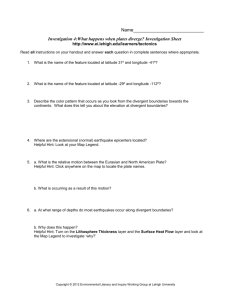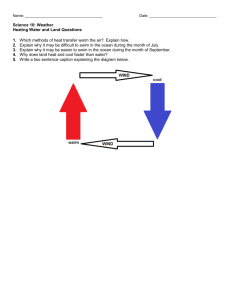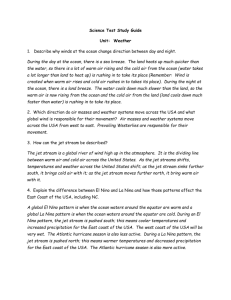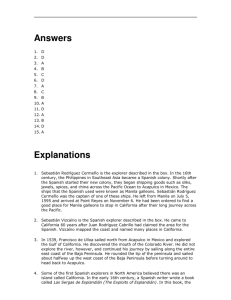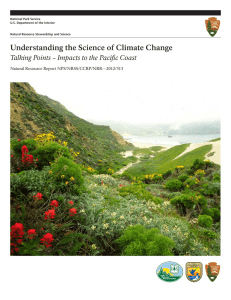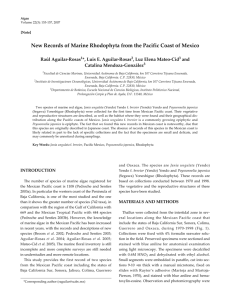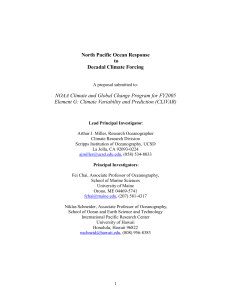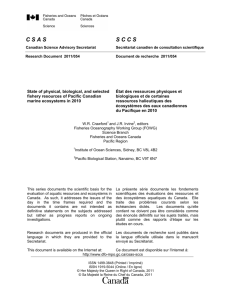10691_Chao
advertisement
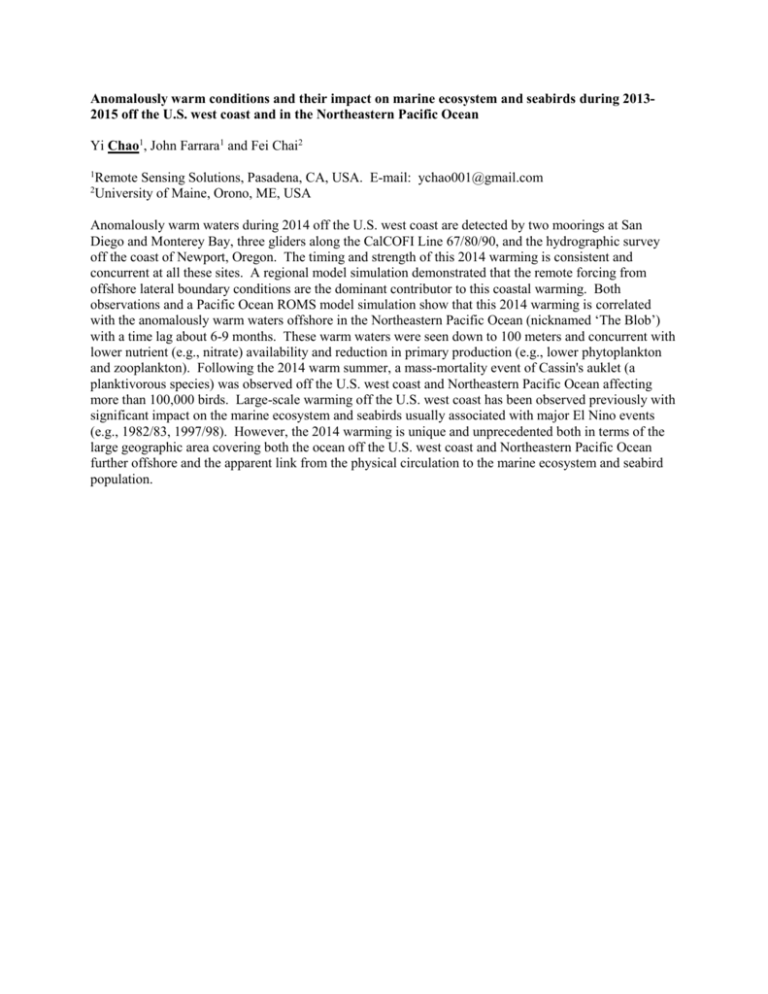
Anomalously warm conditions and their impact on marine ecosystem and seabirds during 20132015 off the U.S. west coast and in the Northeastern Pacific Ocean Yi Chao1, John Farrara1 and Fei Chai2 1 Remote Sensing Solutions, Pasadena, CA, USA. E-mail: ychao001@gmail.com University of Maine, Orono, ME, USA 2 Anomalously warm waters during 2014 off the U.S. west coast are detected by two moorings at San Diego and Monterey Bay, three gliders along the CalCOFI Line 67/80/90, and the hydrographic survey off the coast of Newport, Oregon. The timing and strength of this 2014 warming is consistent and concurrent at all these sites. A regional model simulation demonstrated that the remote forcing from offshore lateral boundary conditions are the dominant contributor to this coastal warming. Both observations and a Pacific Ocean ROMS model simulation show that this 2014 warming is correlated with the anomalously warm waters offshore in the Northeastern Pacific Ocean (nicknamed ‘The Blob’) with a time lag about 6-9 months. These warm waters were seen down to 100 meters and concurrent with lower nutrient (e.g., nitrate) availability and reduction in primary production (e.g., lower phytoplankton and zooplankton). Following the 2014 warm summer, a mass-mortality event of Cassin's auklet (a planktivorous species) was observed off the U.S. west coast and Northeastern Pacific Ocean affecting more than 100,000 birds. Large-scale warming off the U.S. west coast has been observed previously with significant impact on the marine ecosystem and seabirds usually associated with major El Nino events (e.g., 1982/83, 1997/98). However, the 2014 warming is unique and unprecedented both in terms of the large geographic area covering both the ocean off the U.S. west coast and Northeastern Pacific Ocean further offshore and the apparent link from the physical circulation to the marine ecosystem and seabird population.



